Miguel Endara illuminates ink and paper with dimension, depth and precision through an intricate stippling technique.
Benjaman Kyle
Benjaman Kyle is a portrait of a man with no identity. His name is the pseudonym adopted by Benjaman Kyle himself, who has dissociative amnesia. He was discovered unconscious on August 31, 2004, and is believed to be about 64 years old. He is the only citizen in the United States officially listed as missing despite his whereabouts being known. After catching a screening of Finding Benjaman at the Tribeca Film Festival in 2012, a short film about Benjaman Kyle’s story, I was inspired to help in any way I could. I decided to create a portrait of Benjaman in the hopes of spreading awareness of his situation and to help raise money through the sale of prints to support a petition to get him a new social security number. For the past nine years he has been denied the ability to obtain a new social security number which in turn prevents him from opening a bank account or having a credit card, which also prevents him from having a real job. The government argues that he already has one, but despite the efforts of fingerprint matching, DNA tests, and exposure on television, he simply cannot determine his true identity.
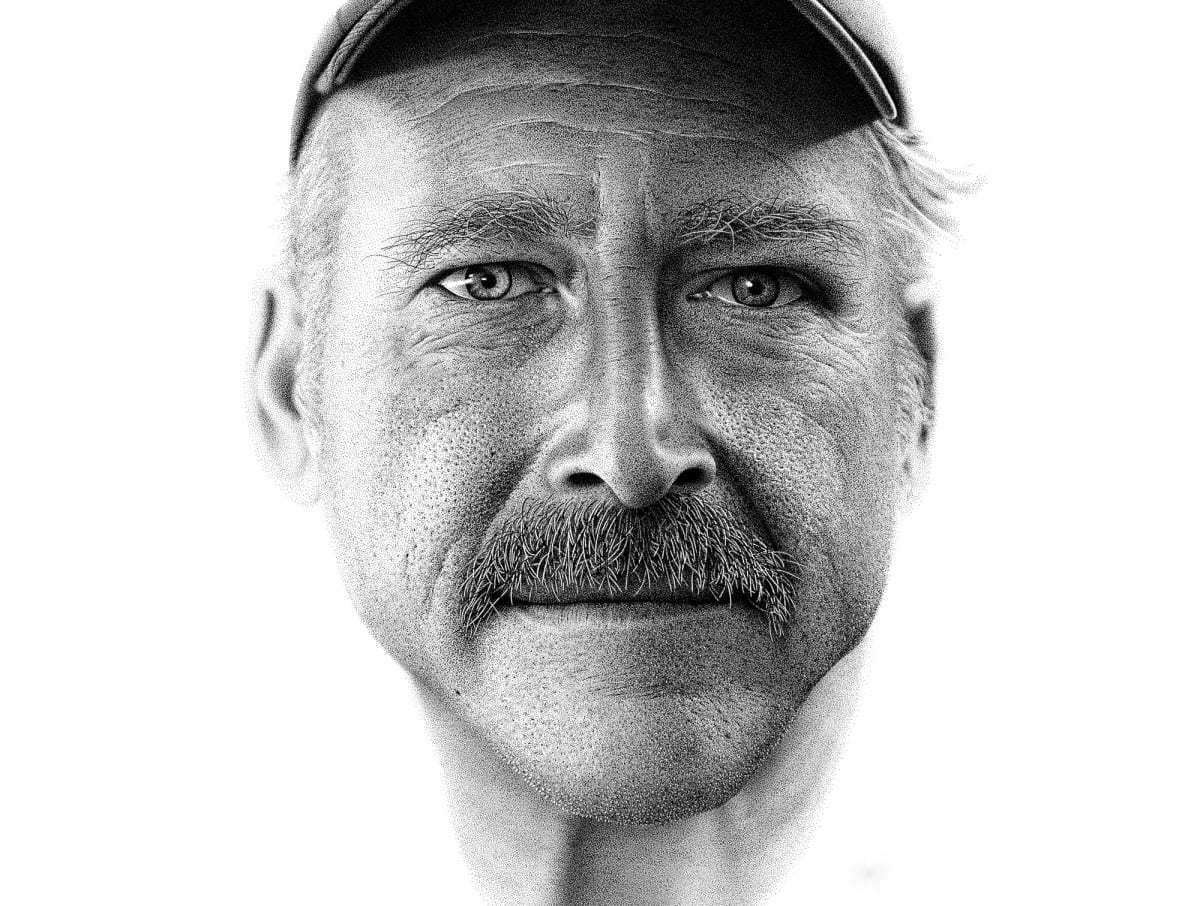
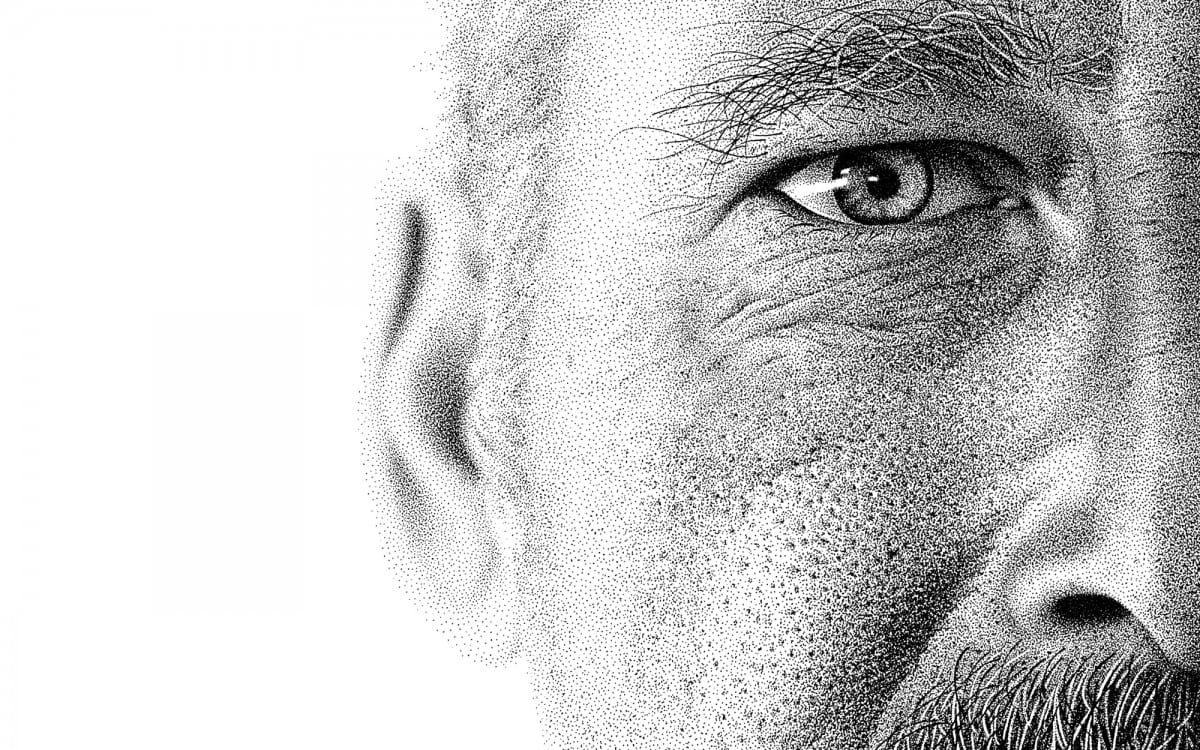
Hero
In what would become my most viral piece, Hero is a drawing of my father composed of approximately 3.2 million dots. It was also my first drawing that I decided to document with a video in order to allow myself and others to understand the evolution of the drawing. Using all the footage taken of the piece, I was able to determine the amount of dots in the drawing by multiplying the average stippling speed, 4.25 dots per second, by the amount of time logged in, 210 hours. That translated into 3,213,000, but because I think that number might be off by just a few thousand dots or so, I rounded it off to an even 3.2 million. This information wasn’t entirely useful to me, but I’ve always been asked how many dots are in my pieces, and I was never able to give a number, not even a ballpark figure, so coming up with a simple formula to help me determine this was incredibly rewarding – not to mention that I had been strangely curious in how many dots were needed to create one single piece using one single pen for many years.
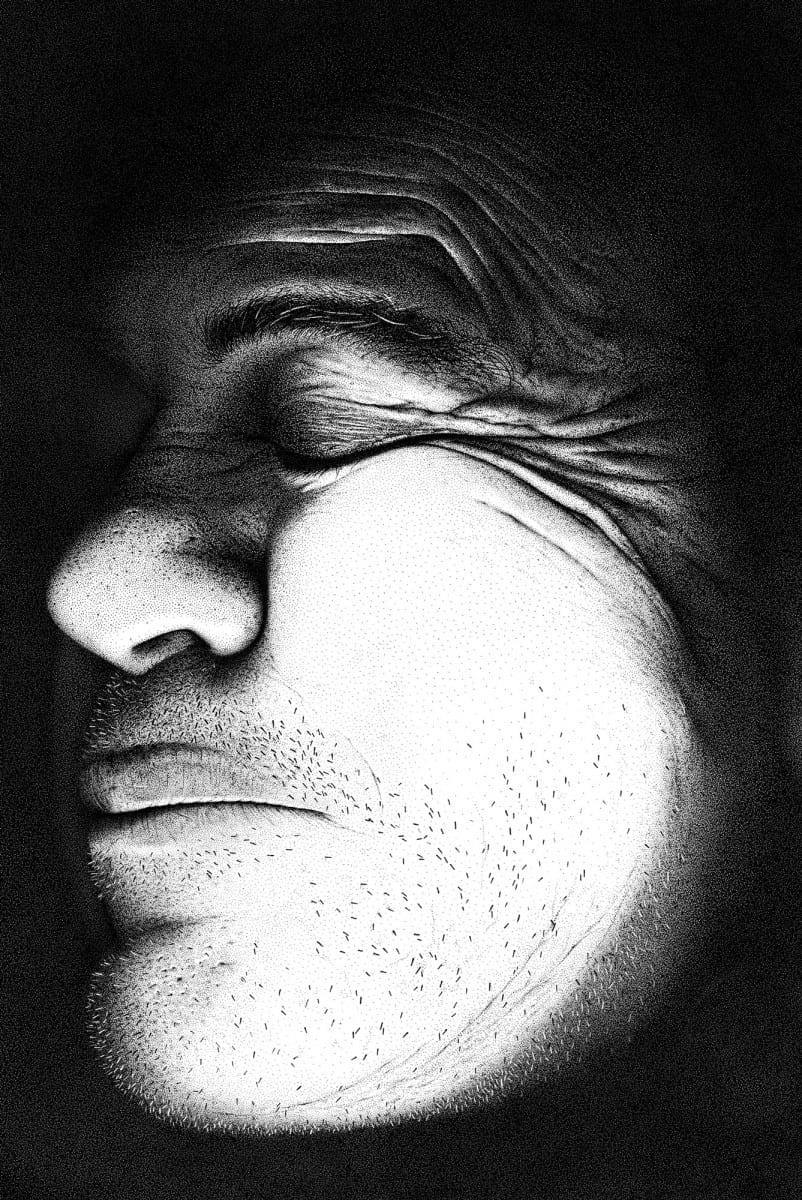
Check out the artist creating Hero.
Lily with a Pearl Earring
Lily with a Pearl Earring is a portrait of myself and my wife who, at the time, was my girlfriend of only two months. Going into the drawing I was a bit nervous since this would be my first attempt at stippling hair and working with an immense amount of black space. It took nearly half of the total time just to fill in the darkest areas of the piece, though a therapeutic process I greatly cherish. Slowly it became a useful and necessary task of getting into a rhythm and preparing myself for the rest of the drawing so as to avoid any nervous tendencies that may result in placing dots in the wrong areas or shading a specific area too much. I typically don’t have a large margin of error to work with when it comes to the lighter areas of the drawing, so it’s important for me to remain comfortable and place each dot where it needs to be placed. Drawing my face wasn’t easy either. A self portrait is, and will always be, the hardest subject to accomplish in a drawing.

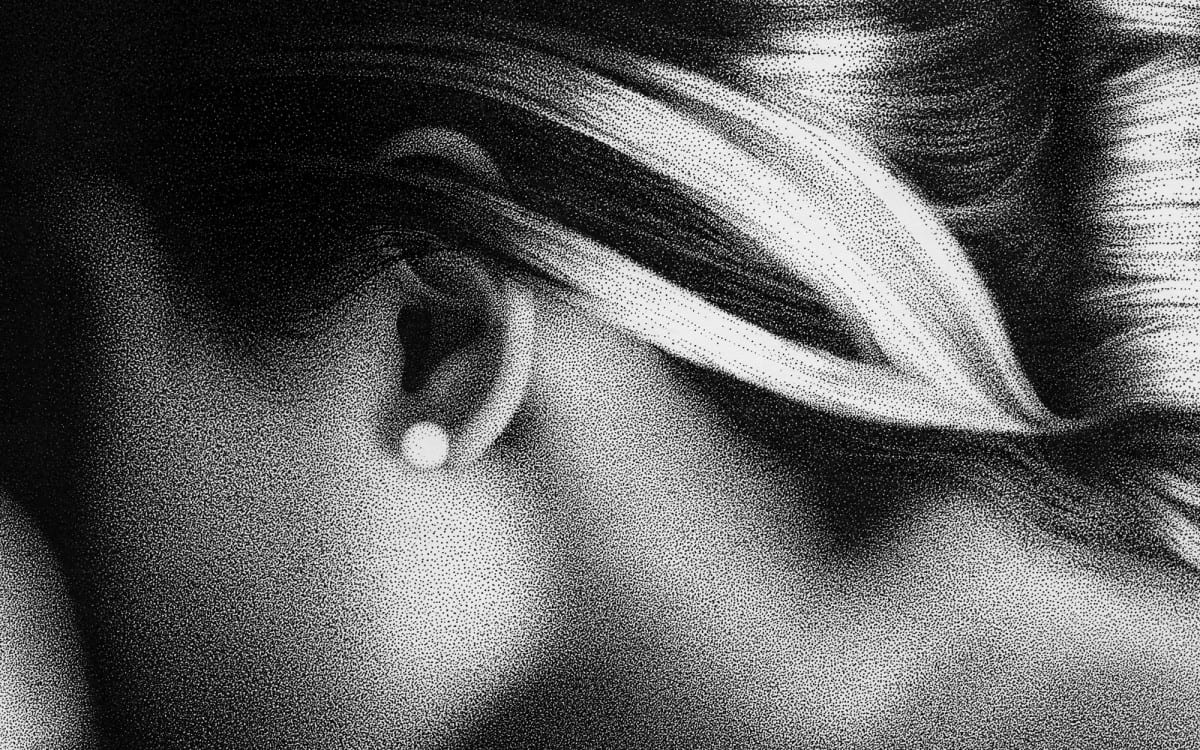

Capricho Arabe
An experimental and relatively quick piece, Capricho Arabe is a drawing of an intricate stone wall carving I came across while visiting La Alhambra, a palace and fortress located in Granada, Spain. This carving was particularly intricate and highly detailed, and appeared to be the most complex. But taking a few steps back, I realized that this was just one, of perhaps millions, of other highly detailed carvings that covered the ceilings and facades of just about every room. Admittedly, to give any significance to just one carving seemed a bit silly since there was an endless amount of carvings to admire, but through all of its enormity, I found peace in just this one carving. I don’t have the slightest clue what the arabic symbol at the center of the carving dictates, though I imagine, and so desperately hope, that it bleeds with poetry and romanticism from a long long time ago.
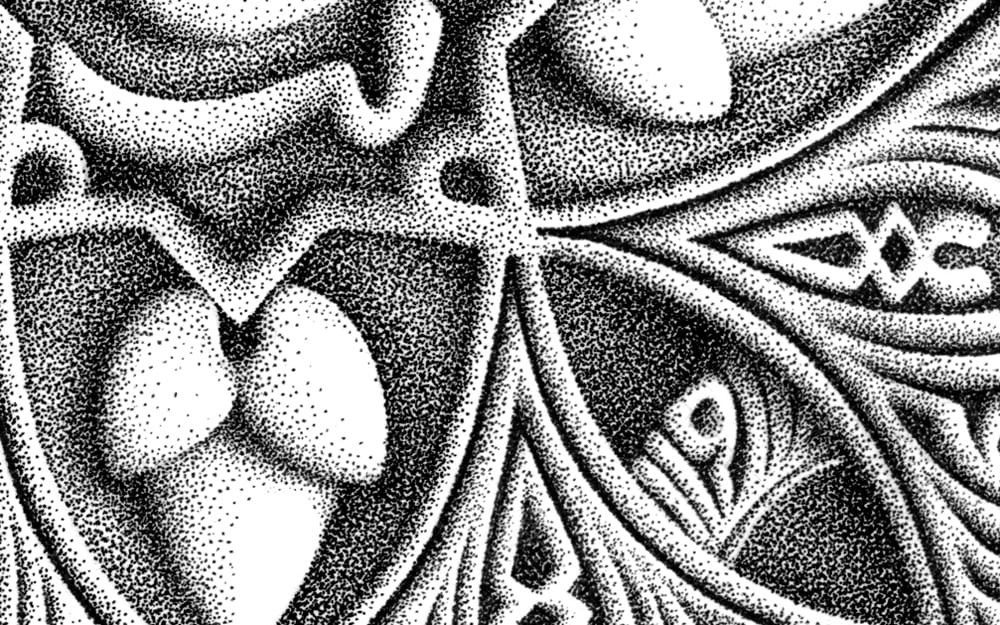
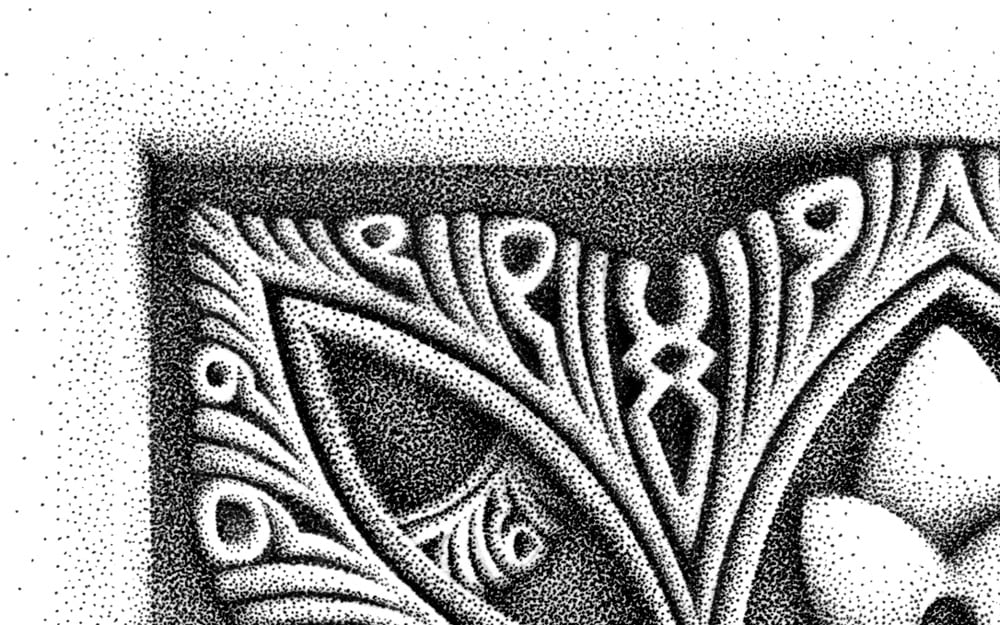
Ash
Ash is the name of the model that posed for the drawing. We met briefly during my travels in the Caribbean and later became somewhat of a love interest for a short period of time. Unfortunately, midway into the drawing, our relationship turned a bit sour, her character shifted into something I was no longer interested in and our bond was shattered almost immediately. Of course, I had doubts about finishing the piece altogether, but continued nonetheless. The original title of the piece was not determined until a few months after it was completed when it occurred to me that “Ash” had its double meaning – it was her name, and, metaphorically speaking, what our relationship had turned into. The piece was also a great starting point for my career in the sense that I became more enthusiastic about using real people as my subjects.
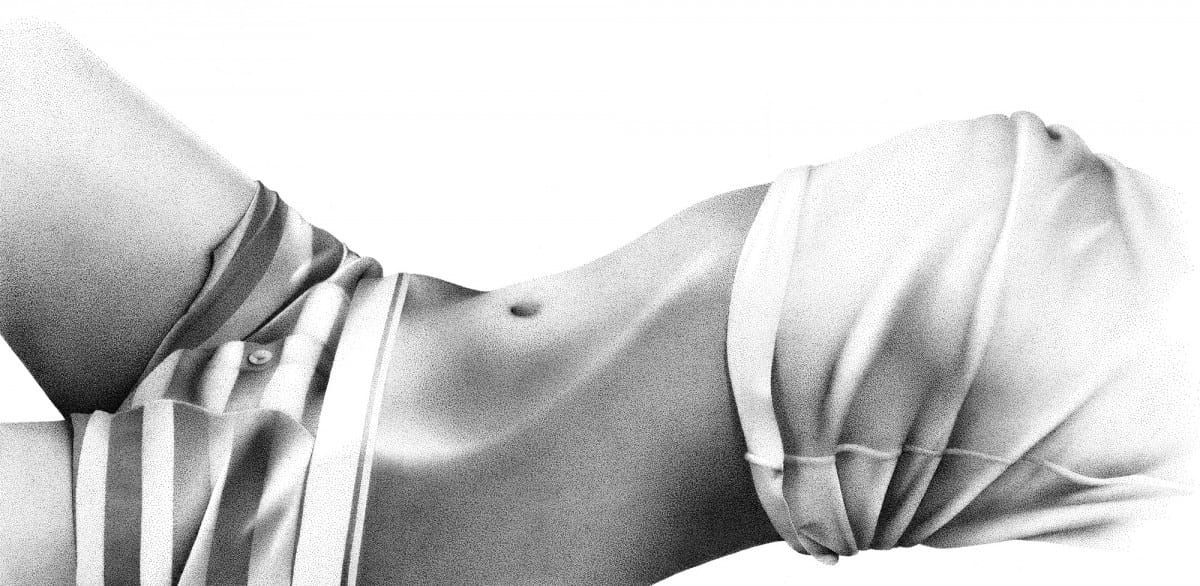
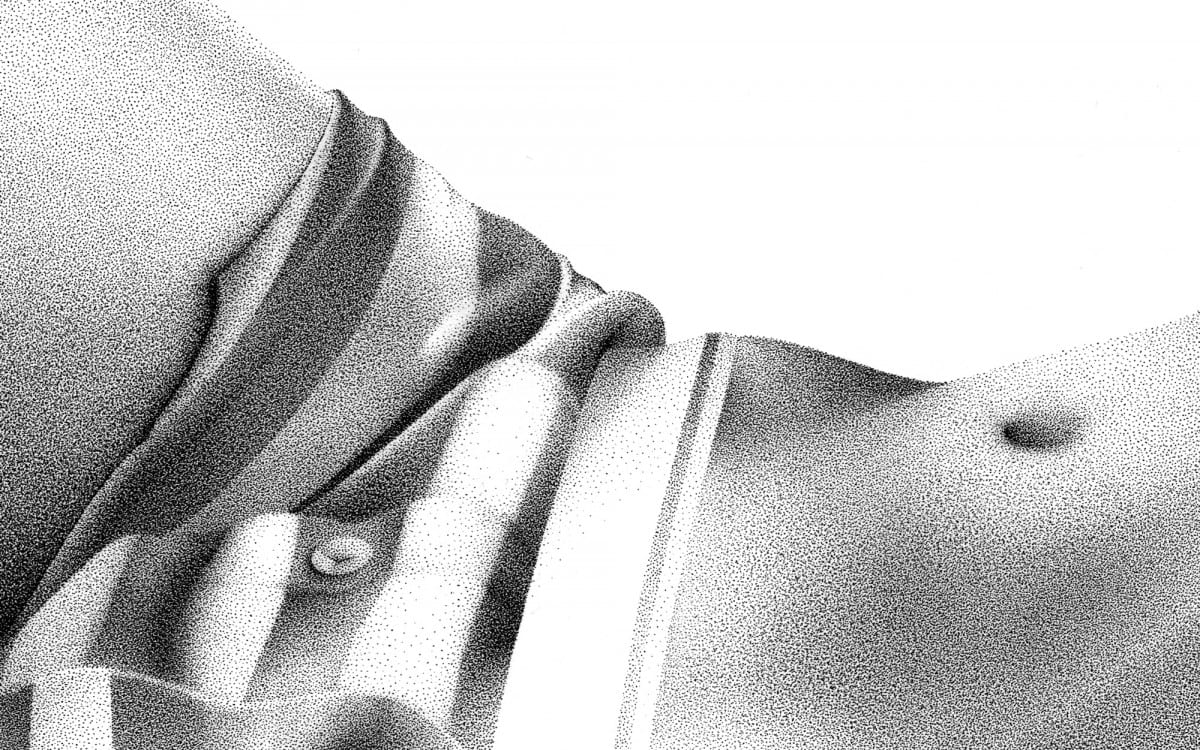
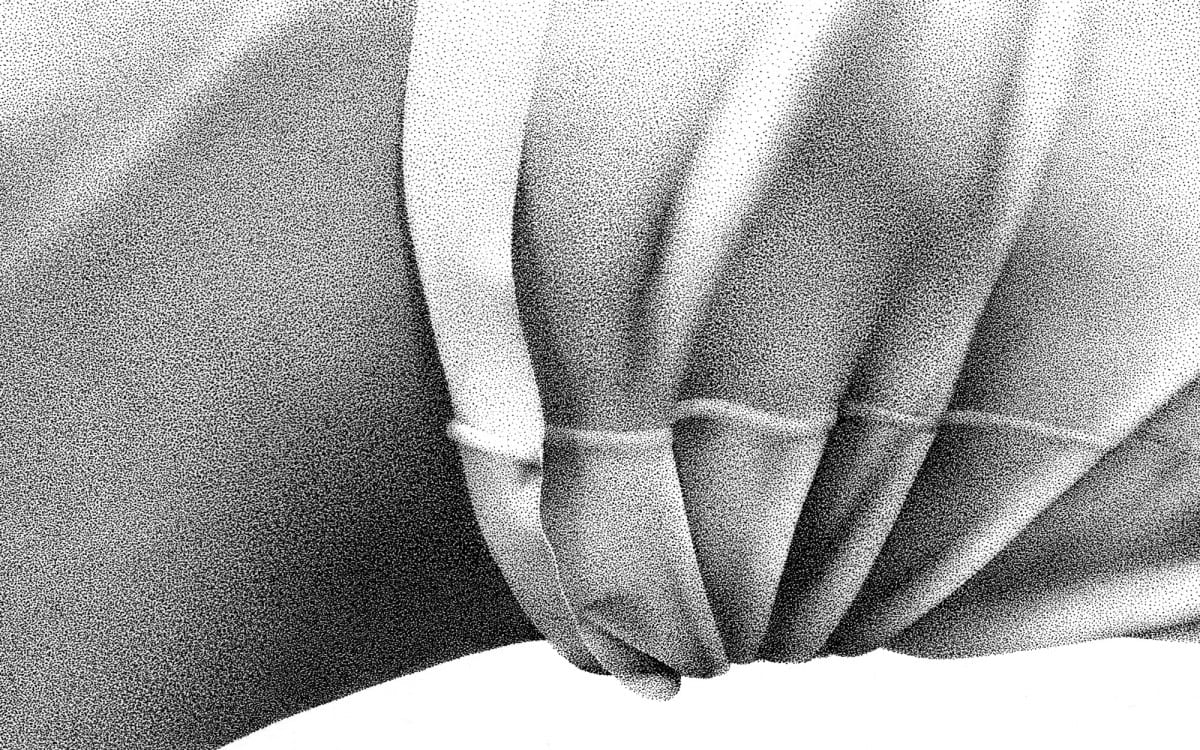
Featured image: Miguel Endara, Hero, ink on paper, 11″ x 17″, 2011
All images © of the artist
